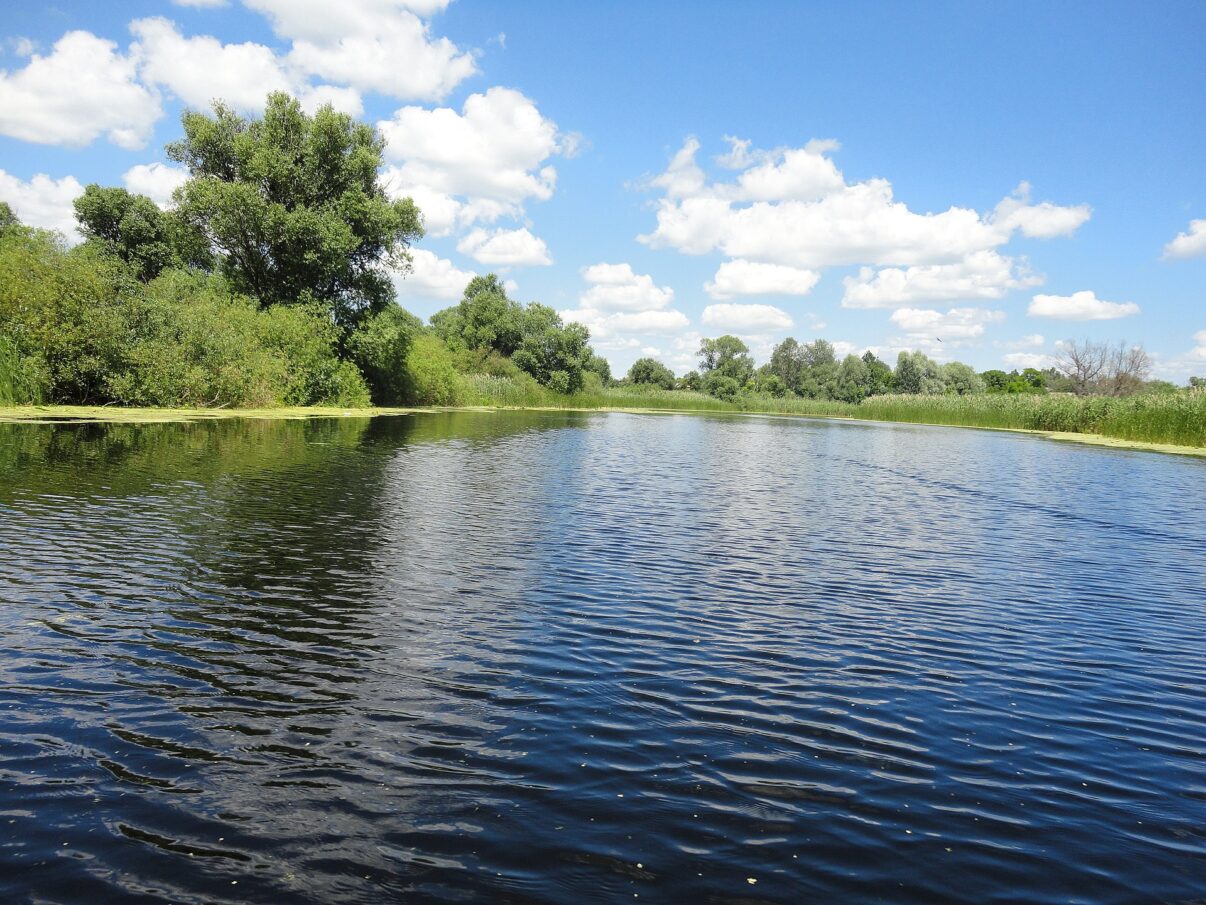On October 3, 2025, an online capacity-building seminar titled “Emerald Network in Ukraine – From Designation to Effective Management” was held. The event brought together over 100 participants, including representatives of government authorities, the scientific community, civil society organizations, and international partners.
The seminar was organized by the World Bank in cooperation with the international consultancy Particip and the NGO Rewilding Ukraine within Subcomponent 4.1 of the EU4Environment program: Support to Biodiversity and Natural Ecosystems Protection.
Seminar Objective
The main objective of the seminar was to raise awareness of Ukraine’s obligations under the Bern Convention and to discuss approaches to the effective management of Emerald Network sites for the conservation of flora and fauna species and natural habitats.
The seminar was attended by representatives of the Ministry of Economy, State Forest Resources Agency, State Water Resources Agency, State Fisheries Agency, State Environmental Inspectorate, the World Bank, the Delegation of the European Union to Ukraine, as well as experts from protected area institutions, scientific institutes, educational institutions, environmental NGOs, and other stakeholders.
The Emerald Network in Ukraine: Scope and Challenges
As of early 2025, the Emerald Network in Ukraine includes, fully or partially, the territories of 55 national nature parks, 5 biosphere reserves, 19 nature reserves, over 50 regional landscape parks, and thousands of other protected areas of various categories. Altogether, these territories cover about 50% of the Emerald Network’s total area in Ukraine.
Implementation Example – Experience of Pyriatyn National Nature Park
Special attention was given to the practical experience of Pyriatyn National Nature Park, one of the model sites for developing an Emerald Network site management plan. The process was presented by Anatoliy Podobailo, Associate Professor at Taras Shevchenko National University of Kyiv.
The management plan was developed within the APENA project, with the involvement of international experts. During the two-season field phase, over 800 polygons with different vegetation types were identified, mapped, and inventoried — forming the basis for the park’s 5th Nature Chronicle volume. The document was later presented for discussion to the park’s Scientific and
In practice, the management plan has proven to be a highly effective tool. For instance, when a land user requested permission to mow a floodplain meadow, the park was able to quickly respond with clear guidance using the interactive map and annexes to the management plan. Students on field internships are also engaged in monitoring activities and contribute to drafting recommendations for land users.

Legal Gaps and Challenges
However, as demonstrated by cases involving polygons 487 and 504, the absence of specific legislation and legal gaps pose challenges to the protection of Emerald Network sites. One polygon, partially ploughed after being leased out, is now the subject of a long legal process. Another polygon — an Emerald meadow outside protected area boundaries — was disked due to a lack of formal protection. Despite intervention, the damage had already been done.
These examples highlight the urgent need for national legislation to ensure adequate protection of Emerald Network territories in Ukraine.
Key Topics Discussed
Other key topics covered during the seminar included:
Ukraine’s obligations under the Bern Convention;
Assessment of war-related impacts on Emerald Network sites;
Management experiences from other countries, particularly Moldova;
Rewilding as a tool for biodiversity restoration and sustainable management.
We extend our sincere thanks to the seminar speakers:
Ihor Zubovych, Deputy Minister of Economy, Environment and Agriculture of Ukraine;
Jocelyn Cornet, Delegation of the European Union to Ukraine;
Oksana Kovalenko, EU4Environment Program Coordinator, World Bank;
Viktor Demchenko, Institute of Marine Biology, National Academy of Sciences of Ukraine;
Olesia Petrovych, Particip;
Iryna Babanina, CEOBS;
Olena Kravchenko and Solomiia Baran, Environment-People-Law (EPL);
Oleksii Vasyliuk and Anastasiia Drapaliuk, Ukrainian Nature Conservation Group (UNCG);
Anatoliy Podobailo, Taras Shevchenko National University of Kyiv;
Aurel Lozan, World Bank, Moldova;
Oleh Diakov, Rewilding Ukraine.
Conclusions
The seminar was another step toward strengthening Ukraine’s capacity for biodiversity conservation and integrating environmental priorities into planning and management processes. Under Subcomponent 4.1 of EU4Environment, the World Bank will continue to support the development of the Emerald Network in Ukraine through the end of 2026.